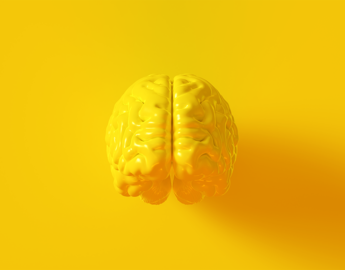
Lesson 2: Understanding Alignment and Student Assessment
Aligning assessment to course learning outcomes
Constructive alignment is a student-centred learning strategy to ensure student assessments are intentionally aligned to course learning outcomes (Biggs, 2015). Having assessment methods that are appropriately aligned to course learning outcomes provides transparency to students, helps direct their learning, and helps focus other course design elements such as content selection and activity planning (Blumberg, 2009; Biggs, 2015; Lizzio et al., 2002; McAlpine, 2004).
Constructive alignment can be used to:
- Select assessment methods that best measure course learning outcomes
- Identify possible misalignment between assessments and learning outcomes
- Inform students about the purpose and nature of each assessment, including the assessment questions
- Focus grading and feedback practices such as rubric development
- Sequence assessments in a logical order
- Select teaching and learning activities that support student learning towards achieving the course learning outcomes
- Amplify the focus on student-centred learning
Steps to aligning assessments to course learning outcomes
Either review existing course learning outcomes for clarity or write new ones. Having clear and measurable course learning outcomes will help direct student learning, instruction and student assessment (Blooms Taxonomy Resource and Fink’s taxonomy of Significant Learning to write learning outcomes).
Questions to ask yourself:
- For each course learning outcome, how are students supposed to be able to demonstrate their learning?
- If you were to ask a student to explain back to you what the learning outcome means, do you think they will have the same understanding and expectations as you?
In the following example, the initial learning outcome is focused on knowledge. The challenge with the phrase ‘to gain knowledge’ is that each student in the course might have a different interpretation of this, from being able to explain what the scientific method is to interpreting results from using the scientific method. The revised learning outcome becomes more specific and measurable as students are expected to apply the scientific method to a specific context.
Initial course learning outcome
By the end of the course, students should be able to gain knowledge about using the scientific method.
Revised course learning outcome
By the end of the course, students should be able to apply the scientific method to determine the validity of daily news sources.
Determine what acceptable evidence of learning is, and how students might demonstrate that learning.
Questions to ask yourself:
- What assessment methods would best measure student learning?
- How will I know/how will students know the extent to which they have demonstrated the achievement of course learning outcomes?
Identify the connections between the selected assessment methods and course learning outcomes. It is possible that a single assessment method will measure multiple course learning outcomes (e.g. final project).
Questions to ask yourself:
- What course learning outcomes will each assessment measure? How?
- Is every assessment method connected to a course learning outcome?
- Is there a variety of assessment methods throughout the course?
Lesson checklist
-
Review and/or write learning outcomes for your course
-
Select appropriate assessment strategies that are aligned to the course learning outcomes
-
Create an assessment and alignment plan



